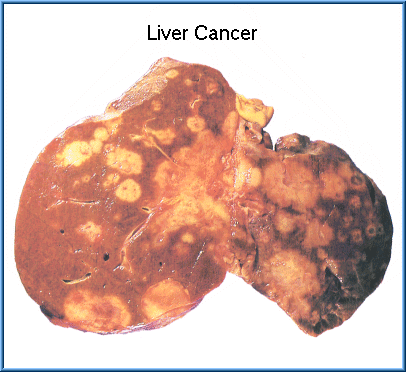
Alcoholic Liver Disease May Not Lead to Cancer
Alcoholic Liver Disease May Not Lead to Cancer
Hepatocellular carcinoma surveillance would be expected to have a minimal effect on mortality and is unlikely to be cost-effective.>
WEDNESDAY, June 20, 2012 (MedPage Today) — Patients with alcoholic cirrhosis have a lower risk of liver cancer than previously thought, Danish researchers found.
In a Danish registry study, 5-year risk of hepatocellular carcinoma among these patients was only 1 percent, Peter Jepsen MD, PhD, of Aarhus University Hospital, and colleagues reported in the June 19 issue of the Annals of Internal Medicine.
And liver cancer contributed little to the high mortality seen in this population overall, as only 1.8 percent of deaths were related to the carcinoma, they found.
As a result, “hepatocellular carcinoma surveillance would be expected to have a minimal effect on mortality and is unlikely to be cost-effective,” they wrote.
Patients with alcoholic cirrhosis are at higher risk for hepatocellular carcinoma than the general population, but the utility of liver cancer surveillance for these patients is unclear.
Jepsen and colleagues looked at data from a national registry on hepatocellular carcinoma among 8,482 Danish patients who’d been diagnosed with alcoholic cirrhosis between 1993 and 2005. Median follow-up was 4.1 years.
Over the study period, 169 patients developed hepatocellular carcinoma.
The researchers found that cumulative risk of the cancer increased steadily with time since the cirrhosis diagnosis, and was 1 percent at 5 years.
In sensitivity analyses that included all possible hepatocellular carcinoma diagnoses and a subpopulation of patients who were followed by hepatologists, the highest 5-year cancer risk was not much higher, at only 1.9 percent.
Cancer incidence was markedly higher for men than for women, they reported, and it rose with age.
Most of the patients who developed the cancer died (151 of 169), and 83.5 percent of these deaths were related to the cancer. The median survival time from diagnosis was 97 days for localized disease and 37 days for metastatic disease.
Overall mortality was high in the cohort, with 67.6 percent of patients dying during the study period.
In an assessment of cause-specific mortality through Jan. 1, 2009, the cumulative 5-year total mortality was 43.5 percent, while the 5-year risk for hepatocellular carcinoma death was only 0.8 percent, the researchers reported.
Thus, only 1.8 percent of all deaths were liver cancer-related — a proportion that didn’t change noticeably over time, they wrote.
“Hepatocellular carcinoma contributes little to their high mortality,” Jepsen and colleagues wrote, noting that the results suggest cirrhosis patients would benefit only marginally from routine liver cancer surveillance, which falls below the country’s accepted threshold for cost-effectiveness anyway.
They noted that the study was limited because diagnoses of cirrhosis and hepatocellular carcinoma were made by hospital physicians without uniform clinical criteria, and because the registry data lacked detailed information on patient care.